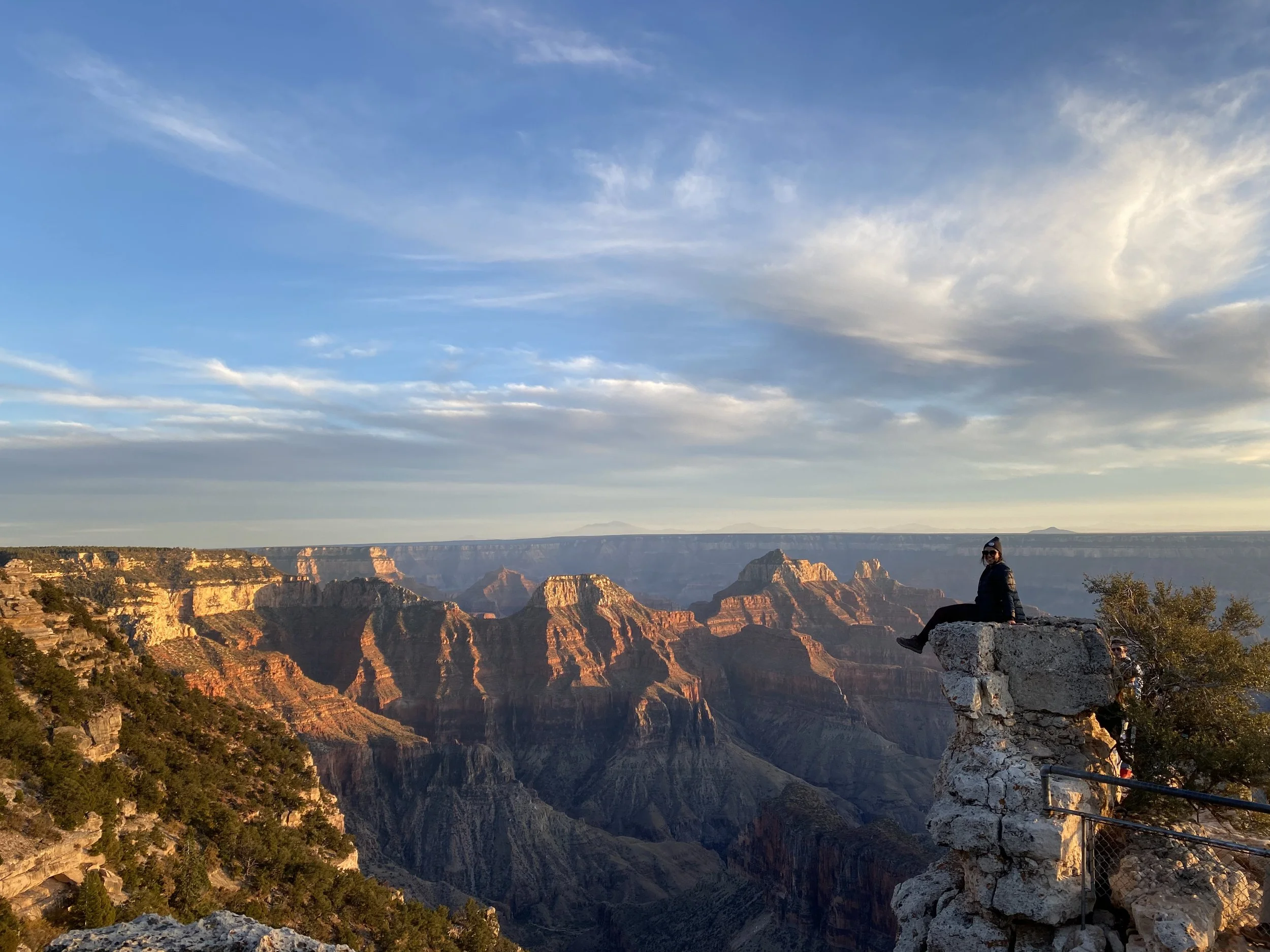
How I got here?
My path to becoming a therapist was not linear—it was deeply personal, shaped by lived experience, identity, and healing. As someone who immigrated from IRAN as a child, I grew up witnessing the quiet grief of distance—my parents carrying loss, separation from family and homeland, and the daily weight of adaptation. I also faced the challenges of navigating two cultures, feeling the pressure to fit in while often being treated as an outsider.
These early experiences taught me what it means to feel unseen, unheard, and misunderstood. For much of my life, I was conditioned to believe that in order to be successful, I have to exercise the qualities of being analytical, logical and compartmentalize my emotions; But something always felt missing. It wasn’t until I started turning inward—getting to know parts of myself I had long avoided, especially the parts holding emotional vulnerability—that things began to shift.
Finding the words for my story, especially in a language that wasn’t mine, was one of the most difficult and powerful parts of that process. It forced me to slow down, reflect, and ultimately connect more deeply with myself and others. Seeking therapy for myself was the turning point. Being truly seen by another person—while terrifying at first—was profoundly liberating. That experience showed me how life-changing it can be to sit with someone who listens with curiosity and care.
It’s what led me here: to hold space for others on their own path toward healing. As a therapist, I work from a trauma-informed lens and I am especially passionate about working with individuals from historically marginalized communities, and those holding intergenerational or ancestral pain. In our work together, we’ll create space for your voice, your story, and your healing.